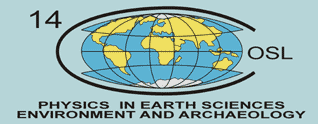

  |
GLIWICE RADIOCARBON LABORATORYFor more than 30 years we have been providing radiocarbon analysis for scientists and researchers from around the world. Radiocarbon dating is based on the measurement of residual concentrations of naturally occurring 14C in materials containing organic or inorganic carbon. There are three principal methods of measuring residual 14C activity. Two first methods are called radiometric. The low abundance of 14C in natural samples, together with a relatively long half-live and low energy of beta particles, imposes high requirements on the quality of equipment used for 14C assay. The requirements mainly concern concern the background value of the counting system, its reproducibility and the long-term stability of counting conditions. The fundamental concept now employed in all counting systems used for 14C dating, is that the dated sample is used as an active medium of the nuclear radiation detector. Both, radiometric and AMS radiocarbon dating methods allow date materials of up to about 50,000 years old. The accelerator mass spectrometry technique offers a unique opportunity to date samples containing ca. 1 mg of carbon with high accuracy. In this technique the CO2 obtained from the sample is converted to graphite which forms a target used to produce a beam of ionised carbon atoms, then accelerated to the energy of a few MeV. In the magnetic field, the beam containing different carbon isotopes is split and the intensity of the 14C beams of the unknown and standard samples are compared to determine the 14C concentration. |